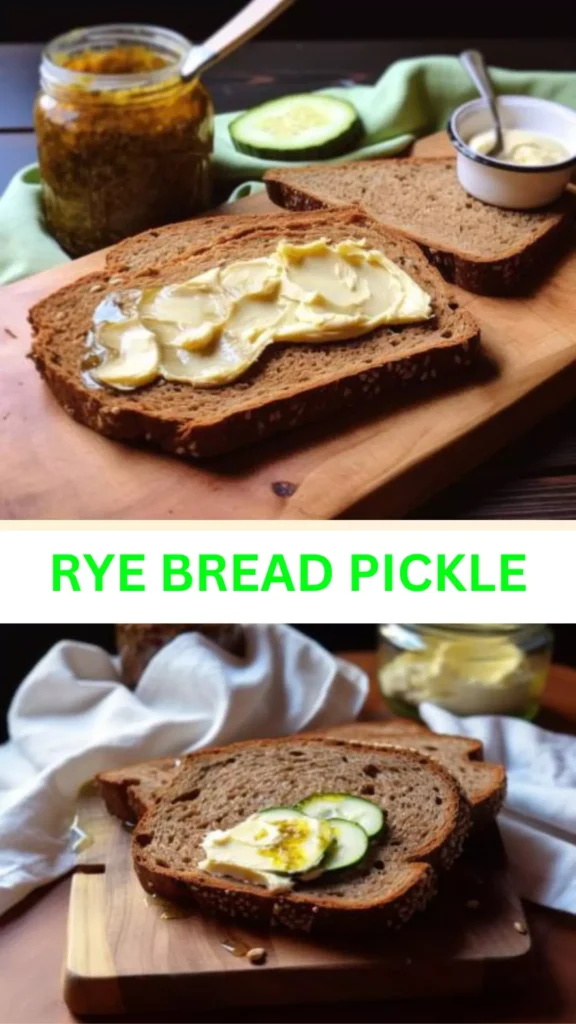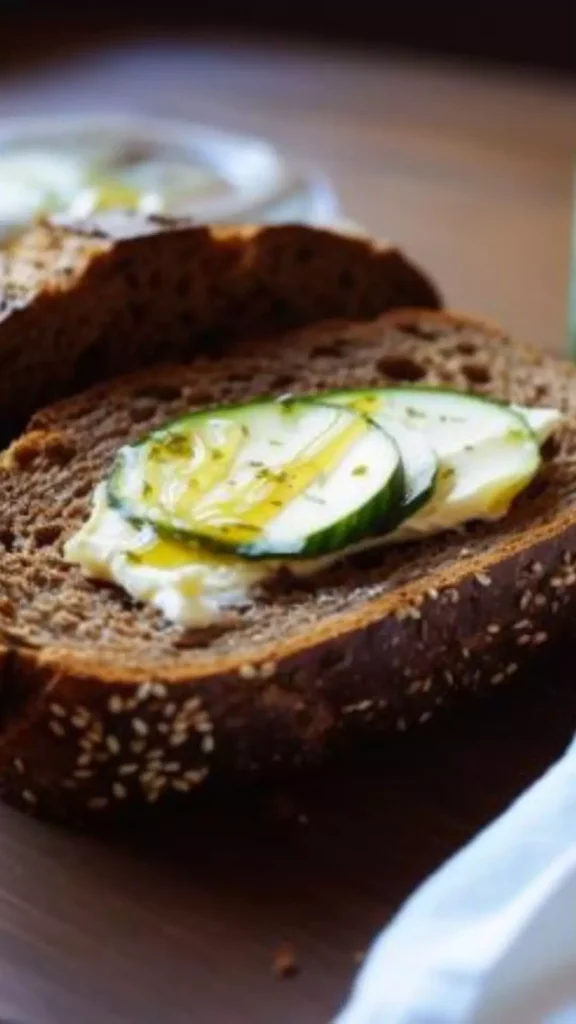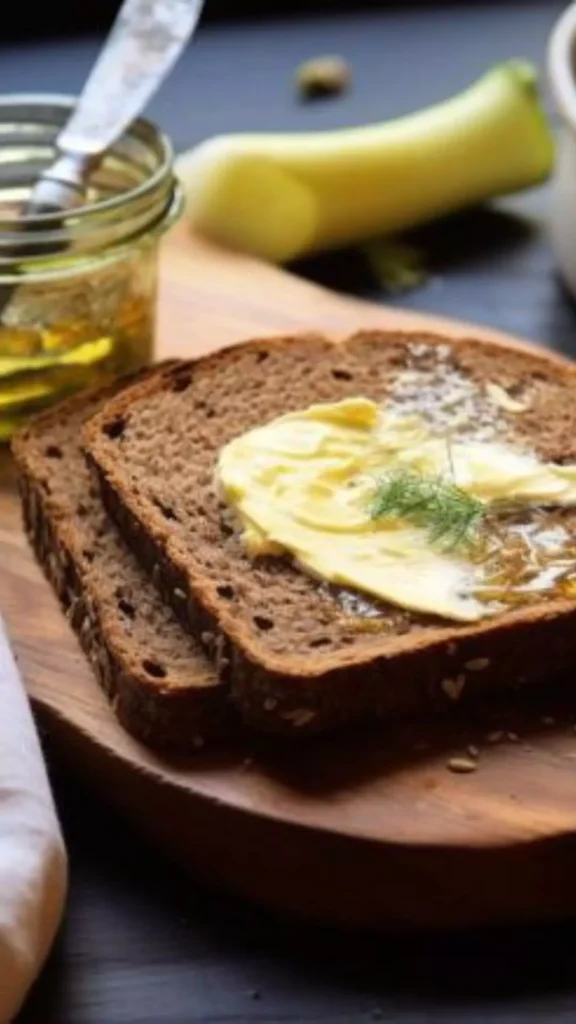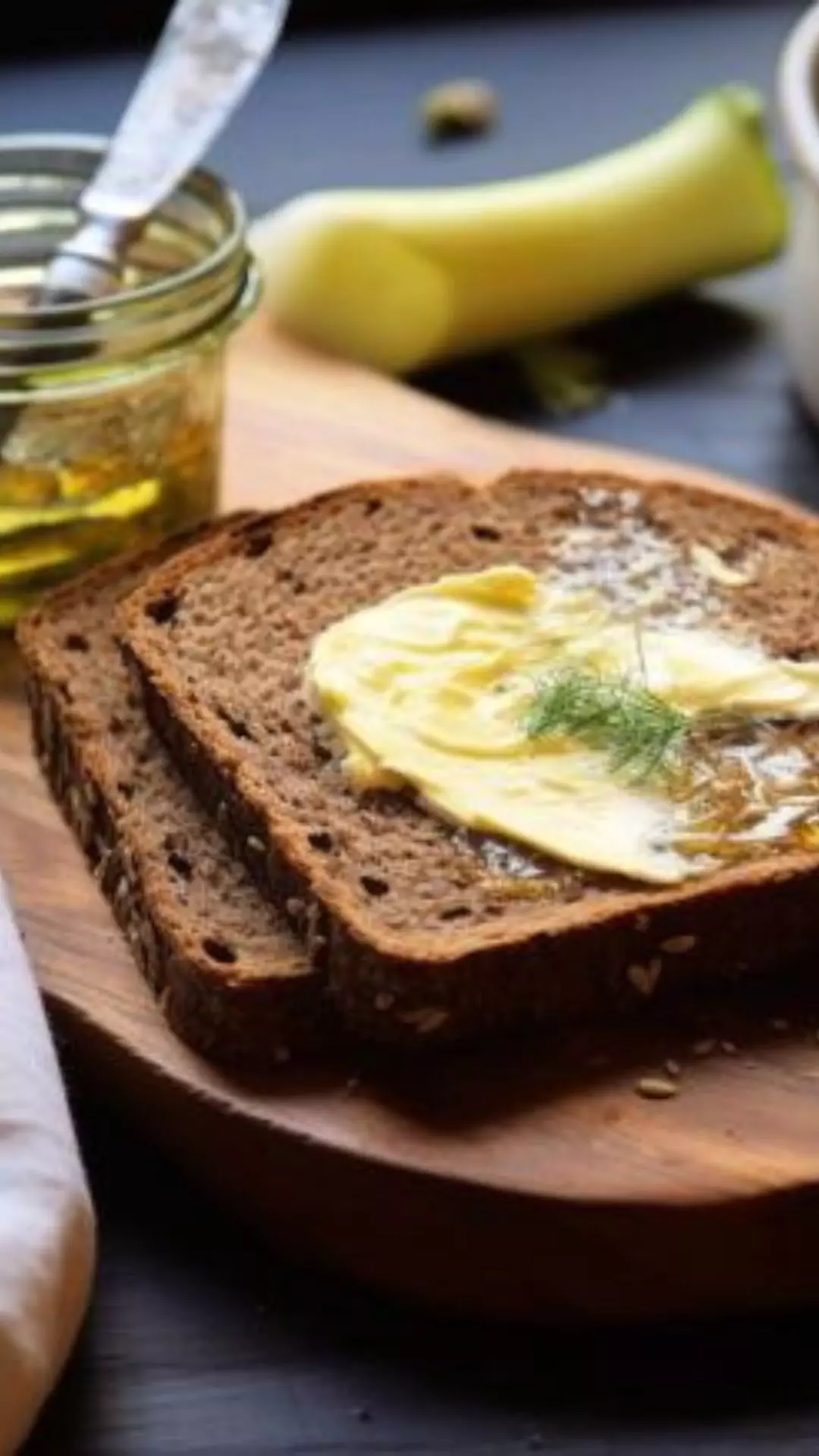Hello there, food enthusiasts! Today, I am thrilled to share with you a delightful and unique culinary creation that has been a staple in my family for generations – rye bread pickles.
This tangy and flavorful pickled delight is a wonderful addition to any meal, offering a perfect balance of savory, tangy, and slightly sweet notes that will tantalize your taste buds.

What is Rye Bread Pickle?
Rye bread pickles are a traditional Eastern European delicacy that combines the tangy flavors of pickles with the earthy taste of rye bread. This unique combination results in a pickle that is both savory and slightly sweet, with a hint of spiciness from the pickling spices used in the brine.
Why You’ll Love this Rye Bread Pickle?
What sets rye bread pickles apart from other pickled vegetables is the unique flavor profile that comes from the combination of ingredients.
The tanginess of the pickles, the earthiness of the rye bread, and the aromatic spices all work together to create a truly unforgettable culinary experience.
You will also like the following Breakfast recipes!
- Copycat Pillsbury Bread Flour Recipe
- How to make Irish Soda Bread Pudding
- Easy Johnny Carino’s Bread Recipe
The Ingredients You Will Need To Make Rye Bread Pickle
To make your own batch of rye bread pickles, you will need the following ingredients:
- Water: Spring water is used to create the brine for the pickles. It should be free from impurities to ensure a clean and clear brine.
- Pickling spice: Pickling spice is a blend of spices typically used in pickling, such as mustard seeds, coriander, cloves, and bay leaves. It adds flavor and aroma to the pickles.
- Whole allspice: Allspice berries are a common ingredient in pickling spice blends. They contribute a warm, peppery flavor to the pickles.
- Cider vinegar: Cider vinegar is used to add acidity to the brine, which helps preserve the pickles and gives them a tangy flavor.
- Large head of garlic: Garlic cloves are often added to the pickling jars to infuse the pickles with garlic flavor. The cloves can be peeled and left whole or sliced for a stronger garlic flavor.
- Fresh dill: Fresh dill is a classic ingredient in dill pickles, adding a bright, herbaceous flavor to the pickles. The dill can be added to the jars as sprigs or chopped.
- Salt: Kosher salt is used to season the brine. It dissolves easily and does not contain any additives that could affect the flavor or appearance of the pickles.
- Rye bread slices: Jewish rye bread slices are sometimes added to the pickling jars to provide additional flavor and promote fermentation. The bread can help create a favorable environment for the growth of lactic acid bacteria, which are responsible for fermenting the pickles.
- Small cucumbers: Small cucumbers, often referred to as “pickling cucumbers” or “kirby cucumbers,” are the main ingredient in kosher dill pickles. These cucumbers are typically firm and have a crisp texture, making them ideal for pickling.
- Grape leaves: Grape leaves are sometimes added to the pickling jars to help keep the pickles crisp. The tannins in the grape leaves can act as a natural firming agent, preventing the pickles from becoming mushy during fermentation.

Directions
Step 1: Prepare the Brine
To begin, combine the spring water, cider vinegar, kosher salt, whole allspice, and pickling spice in a large pot. Bring the mixture to a boil, stirring until the salt is fully dissolved. Remove the pot from the heat and allow the brine to cool to room temperature.
Step 2: Prepare the Cucumbers
Wash the cucumbers thoroughly and trim off the ends. If desired, cut the cucumbers into spears or slices. Place the cucumbers in a large glass or ceramic bowl.
Step 3: Add the Flavorings
Cut the rye bread slices into small cubes and add them to the bowl with the cucumbers. Crush the garlic cloves and add them to the bowl as well. Add the grape leaves and chopped dill, if using.
Step 4: Pour in the Brine
Once the brine has cooled, pour it over the cucumbers and other ingredients in the bowl. Make sure the cucumbers are fully submerged in the brine.
Step 5: Let the Pickles Ferment
Cover the bowl with a clean kitchen towel or cheesecloth and let the pickles ferment at room temperature for 3-5 days. Check the pickles daily and skim off any foam that forms on the surface.
Step 6: Store the Pickles
After the fermentation period is complete, transfer the pickles and brine to clean, airtight jars. Store the pickles in the refrigerator for up to 6 months.
Notes
To ensure the best results when making rye bread pickles, consider the following tips:
– Use fresh, firm cucumbers for the best texture and flavor.
– Make sure all equipment used in the pickling process is thoroughly cleaned and sanitized.
– Adjust the amount of salt and vinegar to suit your personal taste preferences.
– Feel free to experiment with additional spices and flavorings to customize your rye bread pickles.
– Allow the pickles to sit for at least a week in the refrigerator before serving to allow the flavors to fully develop.
Storage Tips
Proper storage is essential to keep your rye bread pickles fresh and flavorful. Store the pickles in airtight jars in the refrigerator, making sure they are fully submerged in the brine to maintain their crispness and flavor. Pickles can be stored in the refrigerator for up to 6 months.

Nutrition Information
Rye bread pickles are a low-calorie and nutritious snack, packed with fiber, vitamins, and minerals. They are a great source of gut-healthy probiotics and can aid in digestion and overall gut health when consumed in moderation.
Serving Suggestions
Enhance your rye bread pickles experience with the following serving suggestions:
– Enjoy as a classic accompaniment to sandwiches and burgers.
– Serve alongside charcuterie boards for a flavorful addition to your cheese and meat selections.
– Chop and add to salads for a flavorful twist on traditional greens.
– Pair with hearty soups and stews for a burst of tangy flavor.
– Incorporate into homemade relish for a unique twist on condiments.
What other substitute can I use in rye bread pickle?
If you are looking for alternatives or substitutes for any of the ingredients in rye bread pickles, consider the following options:
– Use mustard seeds or dill seeds instead of allspice for a slightly different flavor profile.
– Substitute white or rice vinegar for cider vinegar if desired.
– Experiment with different types of bread such as sourdough or pumpernickel for a unique twist on traditional rye bread pickles.
– Replace grape leaves with oak leaves or horseradish leaves for a different texture in the pickles.
– Omit garlic for a milder flavor profile or add red pepper flakes for a spicy kick.

Equipment
- Pot
- Jars
Ingredients
- 2 quarts water
- 1 teaspoon pickling spice
- 1 teaspoon whole allspice
- 1 cup cider vinegar
- 1 garlic head
- 1/2 cup chopped fresh dill optional
- 1/2 cup kosher salt
- 2 slices rye bread
- 15 or 20 small cucumbers
- 12 grape leaves
Instructions
Step 1: Prepare the Brine
- To begin, combine the spring water, cider vinegar, kosher salt, whole allspice, and pickling spice in a large pot. Bring the mixture to a boil, stirring until the salt is fully dissolved. Remove the pot from the heat and allow the brine to cool to room temperature.
Step 2: Prepare the Cucumbers
- Wash the cucumbers thoroughly and trim off the ends. If desired, cut the cucumbers into spears or slices. Place the cucumbers in a large glass or ceramic bowl.
Step 3: Add the Flavorings
- Cut the rye bread slices into small cubes and add them to the bowl with the cucumbers. Crush the garlic cloves and add them to the bowl as well. Add the grape leaves and chopped dill, if using.
Step 4: Pour in the Brine
- Once the brine has cooled, pour it over the cucumbers and other ingredients in the bowl. Make sure the cucumbers are fully submerged in the brine.
Step 5: Let the Pickles Ferment
- Cover the bowl with a clean kitchen towel or cheesecloth and let the pickles ferment at room temperature for 3-5 days. Check the pickles daily and skim off any foam that forms on the surface.
Step 6: Store the Pickles
- After the fermentation period is complete, transfer the pickles and brine to clean, airtight jars. Store the pickles in the refrigerator for up to 6 months.
Notes
Nutrition
Frequently Asked Questions
Q1: Can I use pickling cucumbers instead of regular cucumbers for rye bread pickles?
A1: Yes, pickling cucumbers are preferred for their smaller size and crisp texture, making them ideal for pickling.
Q2: How long do rye bread pickles need to ferment before they are ready to eat?
A2: Rye bread pickles typically require 3-5 days of fermentation at room temperature before they are ready to be stored in the refrigerator.
Q3: Can I adjust the amount of salt and vinegar in the brine to suit my taste preferences?
A3: Absolutely! Feel free to experiment with the salt and vinegar levels to achieve the perfect balance of flavors for your palate.
Q4: Are rye bread pickles gluten-free?
A4: Rye bread pickles may not be gluten-free due to the use of rye bread in the recipe. To make them gluten-free, choose a gluten-free bread option.
Q5: Can I reuse the brine from a previous batch of rye bread pickles?
A5: While it is possible to reuse pickle brine, it is recommended to make a fresh batch of brine for each new batch of pickles to maintain optimal flavor and quality.
Q6: Are rye bread pickles keto-friendly?
A6: Rye bread pickles may not be suitable for a strict keto diet due to the presence of bread and potentially high carbohydrate content. However, you can modify the recipe to make it more keto-friendly by adjusting the ingredients.
Conclusion
In conclusion, rye bread pickles are a delightful and versatile culinary creation that is sure to become a favorite in your home. With their unique flavor profile, simple preparation process, and long shelf life, rye bread pickles are a must-try for any pickle enthusiast.
So why not gather your ingredients, follow the steps laid out in this guide, and embark on a pickling adventure that will leave your taste buds singing?
